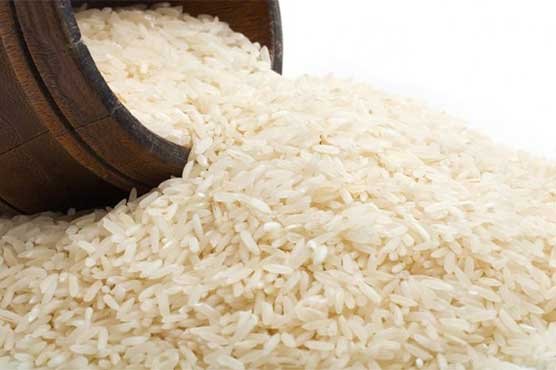Key Takeaways:
- Pakistan’s rice sector, primarily dominated by basmati exports, contributed over USD 3.5 billion in foreign exchange in FY 2024.
- Increased scrutiny and rejections of rice shipments from the EU, UK, and US due to pesticide residues and mycotoxins pose significant challenges.
- Pakistan faces a critical need to enhance food safety protocols to avoid potential bans and improve international market compliance.
In recent years, Pakistan’s agricultural and food export sector, particularly its renowned basmati rice industry, has encountered formidable challenges impacting its international trade relations. A report from Dawn highlights the complexities within this crucial sector, emphasizing the urgent need for remedial actions to sustain and enhance Pakistan’s rice export capabilities.
The report underscores that Pakistan’s rice exports, a cornerstone of its agricultural economy, surpassed USD 3.5 billion in the fiscal year 2024. However, this achievement is overshadowed by the escalating number of rejections of rice shipments, notably from key markets such as the European Union, the United Kingdom, and the United States. These rejections stem primarily from concerns over pesticide residues and mycotoxins, which exceed permissible limits set by importing countries.
Notably, the European Union has raised multiple alerts regarding pesticide residues found in Pakistani basmati rice shipments, surpassing even those from its regional counterpart, India. This shift in scrutiny underscores a significant reversal from previous years and signals a pressing need for stringent adherence to international food safety standards among Pakistani rice exporters.
A critical concern highlighted in the report involves the prevalence of mycotoxins, particularly aflatoxins, which continue to plague Pakistan’s rice supply chain. These toxic substances, originating from fungal contamination, pose serious health risks and contribute to the rejection of rice consignments in international markets.
The root causes of these challenges are multifaceted. The report identifies widespread use of agrochemicals not approved for rice cultivation as a primary issue. Farmers often resort to chemicals designed for other crops, such as cotton and sugarcane, to combat pests and diseases in rice fields. This practice leads to elevated levels of pesticide residues in harvested rice, failing to meet international standards.
Efforts by stakeholders, including the Rice Exporters Association of Pakistan (REAP), to raise awareness and improve practices are acknowledged.
Moreover, inadequate post-harvest practices exacerbate the issue of mycotoxins. Premature harvesting driven by erratic weather patterns and suboptimal drying methods contribute to fungal growth and aflatoxin contamination in the harvested rice. Outdated sun drying techniques persist among rice millers, further hampering efforts to reduce moisture levels to acceptable thresholds.
Beyond agricultural practices, the report highlights systemic deficiencies in infrastructure and technology adoption within Pakistan’s rice milling industry. Insufficient traceability and quality control measures at rice mills contribute to the persistence of non-compliant rice shipments, further jeopardizing market access.
Efforts by stakeholders, including the Rice Exporters Association of Pakistan (REAP), to raise awareness and improve practices are acknowledged. However, the report underscores the need for more extensive educational campaigns and collaborations with agricultural extension services and pesticide manufacturers to promote sustainable agricultural practices.
Financial incentives, such as export development surcharges and subsidized loans for upgrading drying facilities in rice mills, present opportunities to incentivize compliance with international food safety standards. However, effective policy implementation and governmental support are essential to realizing these incentives and overcoming existing challenges.
While Pakistan’s basmati rice industry remains a crucial contributor to its economy, the sector faces formidable challenges that require immediate attention. Addressing issues related to pesticide residues, mycotoxins, and inadequate agricultural practices demands a concerted effort from all stakeholders, backed by robust regulatory frameworks and effective governance. By prioritizing food safety and sustainability, Pakistan can secure its position in the global rice market while ensuring the health and well-being of its consumers worldwide.




